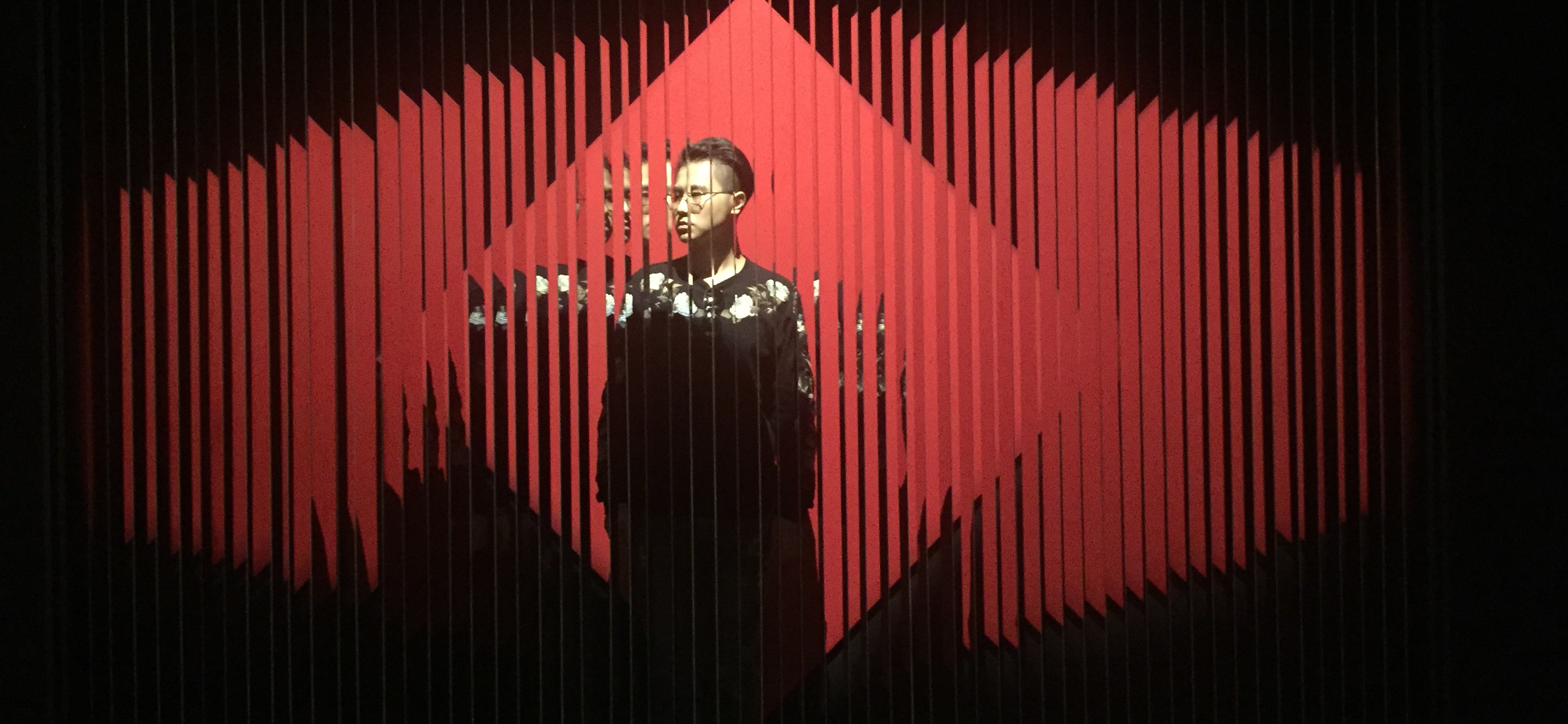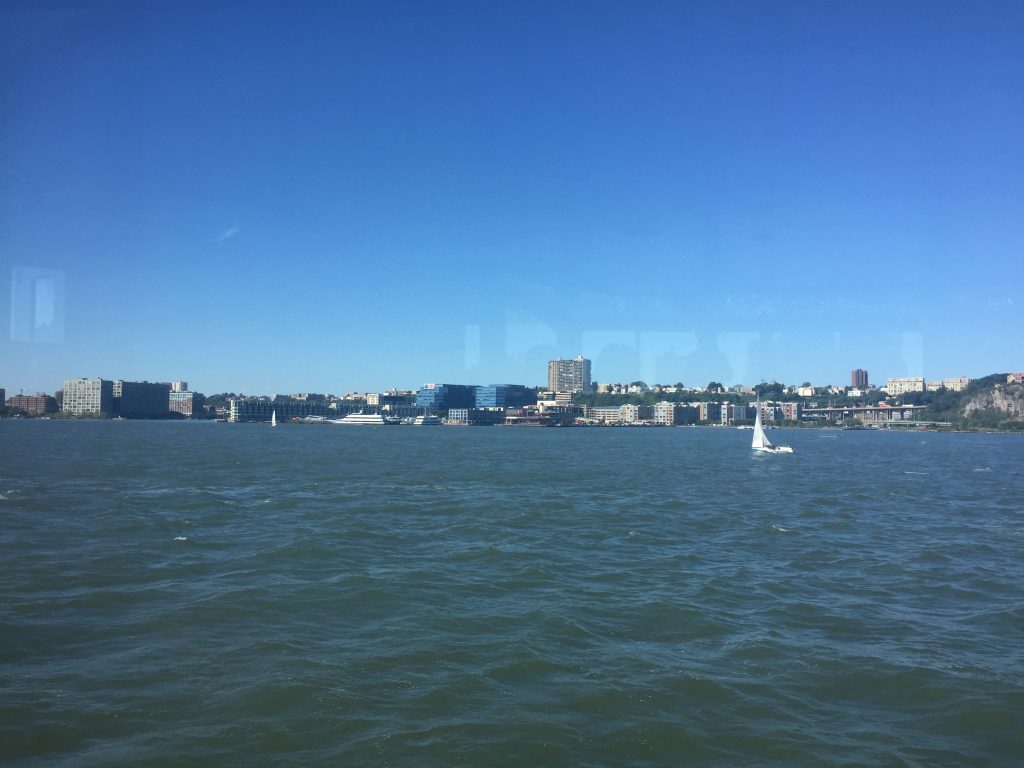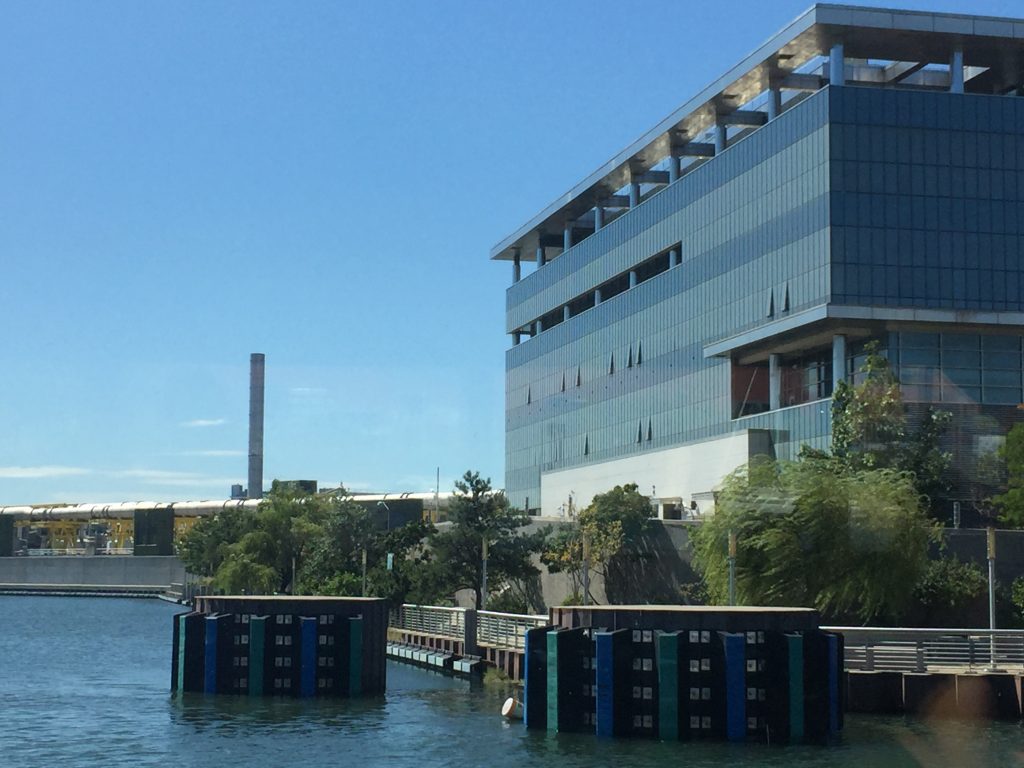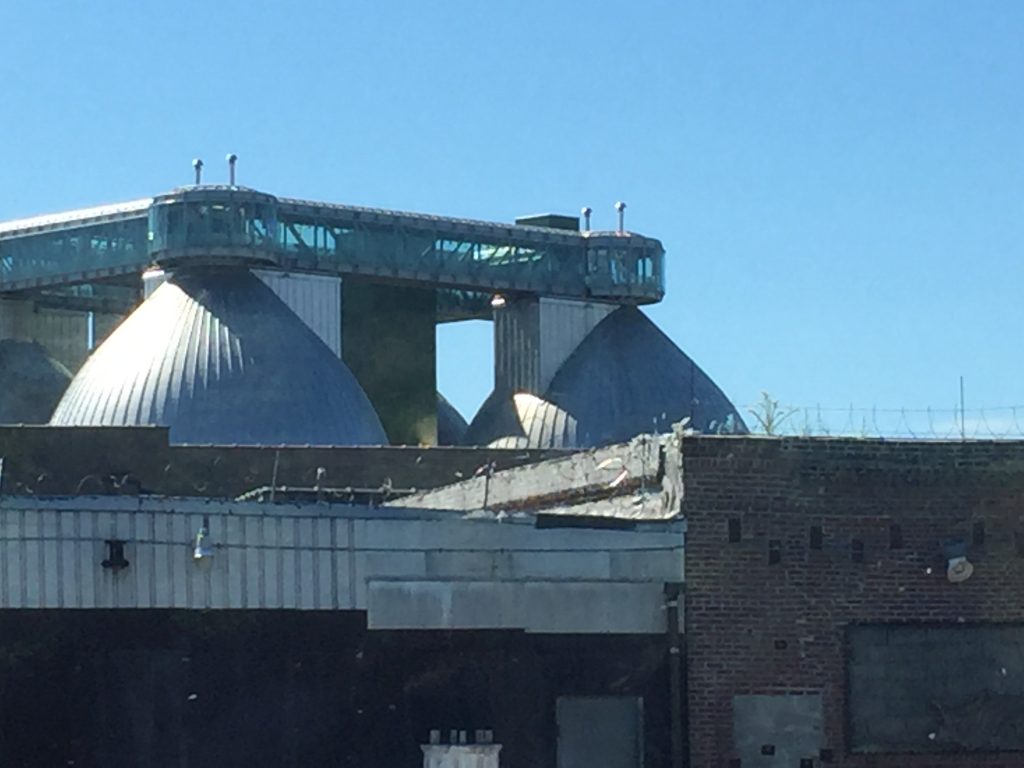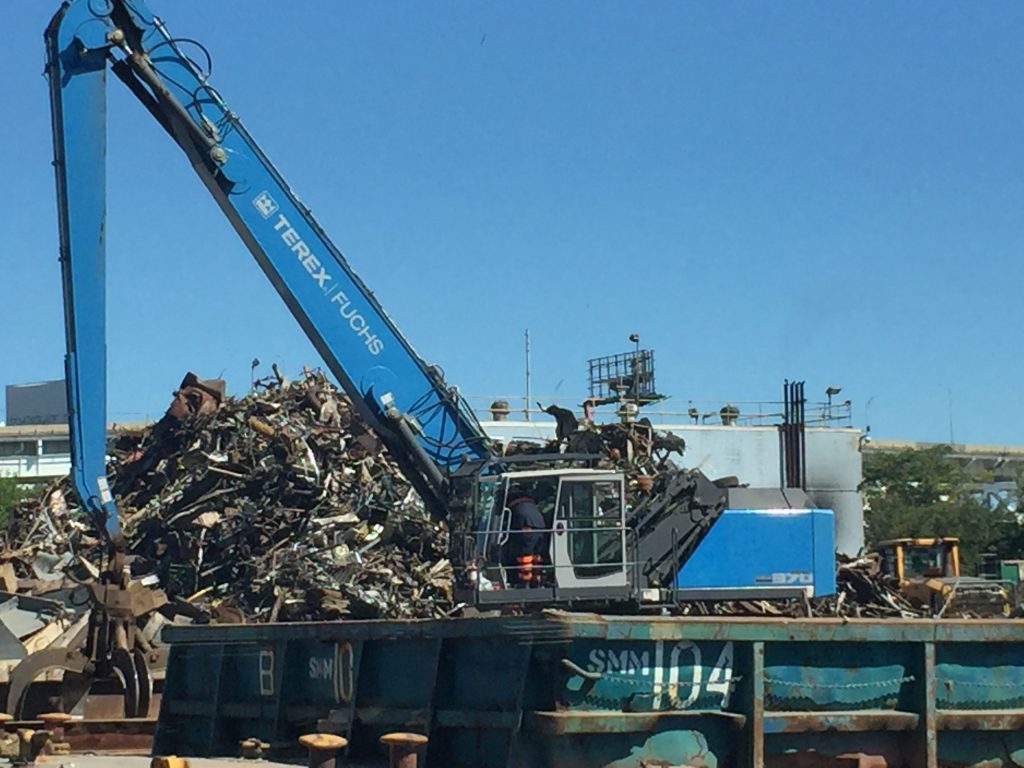LONG LIFE DESIGN VIDEO
1) How would you describe Nagaoka’s “non-designing” design practices?
Not designed for design, or not to create a new trend, but to create a long-standing and not outdated design.
2) How do your opinions of “good” design compare with Nagaoka’s? Would you define good design differently, how so?
Before watching this video, I thought “good design” is the design that able to inspire people’s desire to buy. But after that, I think good design is, in addition to stimulating the desire to buy, but also make the holder feel meaningful and has always been considered very innovative design.
3) Nagaoka says that we have entered a new era where people want to buy things that mean something to them, that truly matters, and that we have entered a new era. Do you feel these ideas are specific to Japan or are applicable to other countries too? What evidence do you have of your opinion (what makes you say yes or no)?
I think that for a well-developed country, people have indeed entered such this era. Because as people’s income and the improvement of the quality of life, they no longer blindly pursue more things, because many life needs can easily be met. So people began to pursue the value of the value of the item itself. If a product can be easily replaced, it proves that the extra value of this product is not good enough, which makes people feel the quality of life did not improve, so the psychological needs have not been met. A high quality of life requires high-value products to ascend.
But for countries that are still at the poverty level, products that meet the basic needs of life are good products, and too much value does not make sense for them.
4) What kind of design do you think?
The design leading the trend or recognized classic design or have a higher value of the design is the design that appeals to young people today
5) Near the end of the program, the host of the program says the future of design could be, “people who make things with care and people who use them with care” and that this could be a new form of prosperity. Do you agree? Why?
I totally agree with that, a good product is to be carefully designed, and a long life product is more than the careful design considerations. It not only needs to consider the product itself but also consider the using feel of the user through many degrees. In this way, people in the use of this product can appreciate its value, so respect for this product, and respect for this design. This way is the so-called use them with care, I think.
6) What do you think of the student projects shown at the end of the program?
Now a new generation of designers has become increasingly aware of the importance of long life design, and began to think and explore the process of creating a product, a process from nothing to having (a girl design clothes, she makes it from plant the seed, create materials and eventually make out the clothes). This is a very valuable experience for designers. It can let them think about the value of the entire product. So that the new generation of designers can realize that the value of the design is not as simple as making a product.
7) Do you consider yourself a long-life designer? Would you like to become one?
I may not like a long- life designer because I think too much about the fashionable business elements in my design. But I think in the future, I will try to become a long life designer.
What is a beautiful object/design that you admire from your home country that has been in production for longer than fifty years? Write a brief description (around a paragraph) about this object’s history on your Learning Portfolio and include an image.
China’s folding fan has hundreds of years of history, a good fan in addition to functional, but also a very rich artistic value. It is not just a simple life supplies, but a work of art. In the ancient and modern society of China, folding fans like today’s automatic watches can symbolize a person’s social identity and social status.
Chinese traditional folding fan is divided into fan bone and fan face two parts, fan bone often produced by very valuable wood material, such as mahogany, Phoebe or pear wood. The color, texture, and even the fragrance of the wood will change with the holder’s using way and using frequency. This process is the user’s re-creation, so every fan has a unique value. The fan face is often made of rice paper, and the high-quality rice paper will not be damaged even if using decades. The pattern on the fan face is also hand-drawn, and if a famous artist paints it, the whole folding fan will become more priceless.
The traditional Chinese fan can be long – life object, in addition to its excellent craftsmanship and artistry, but also because its value can be increased with the use of time. So I think the folding fan is one of the most long-life objects that represent my country.
Circle Line Trip
In your field notebooks, DRAW (by hand) A MAP of the Circle Line route (including the five boroughs of New York, two rivers and our route). Label the New town Creek, Wastewater Treatment Plant and the location of the future Big U. Scan and upload this map to your LP.
OBSERVE AND DOCUMENT the systems and infrastructure that you see via drawing and photography (upload 3-5 images and/or sketches to your LP along with the following questions).
Reflect on the different perspectives offered from the boat compared to your zone walk conducted on foot, and answer the following:
– Compared to what you saw when walking, what can you see and sense differently from the boat?
When people walk on land, they can not see the whole situation of the island; we can only see the entire land space. But on the water, people can see the island, can see the coast, and even can observe the impact of water on the island surrounding.
– New York seem prepared for sea-level rise?
It’s really hard to say, because every year’s climate situation is different, and the climate situation looks pretty series in this year. But what I can see is, the New York city is beefing up its defenses for sea-level rise. Everything looks going well.
– What areas appear to be vulnerable to coastal flooding? Are any effects of Hurricane Sandy visible?
I think the coastline side of the buildings still has the risk of being submerged compared to the inland buildings. The neighborhood of Jersey City seems to be more vulnerable.
There is a lot of abandoned stakes on the coast of Jersey City, and I guess there should be a bridge built on it, but now it has vanished. Sandy may have destroyed them.
– Do you see any evidence of the Big U being constructed?
Sorry I didn’t see that.
– Are you able to determine which areas of the coast are built on landfill?
I think those areas on the land which have less people or commercial activities maybe are areas built on landfill. I’m not sure.
– Do you see any sea walls, reinforcements or marsh areas?
There seems to be no sea walls near Big U, but there are some sea walls around the Jersey City and New town creek that may use to block floods.
– What kind of systems do you see interacting (people, water, boats, etc.)?
There are a lot of boats on the water and even seaplanes. These two different transport systems seem to affect each other in the waters.
– How do you think the New York City coastline will change over the next 50 years?
If the big U building is completed, the coastline of New York City will become very beautiful. Long Island City, Brooklyn, and Jersey City coastline may follow the new york city. And the garbage disposal station around the shoreline may be relocated, and the nearby land will be re-develop because then the land resources around New York City will be tenser, I think.
